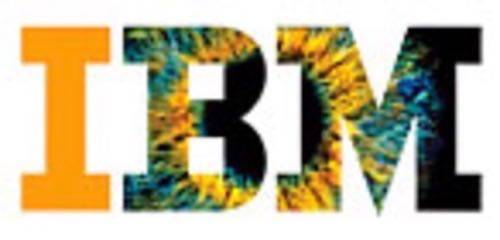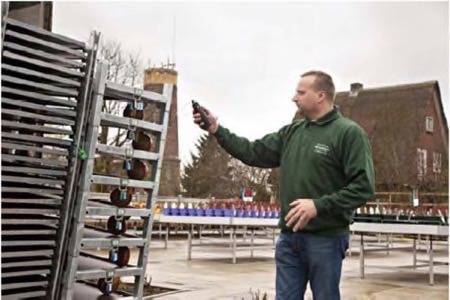In the Web world, you know that a trend has major traction when IBM is all over it. Like any large Internet company, Big Blue is careful about which trends it latches onto. It was a good couple of years before they were spotted at the Web 2.0 conference, for example. However in the case of Internet of Things, IBM is proving itself to be an unusually early adopter.

I recently spoke to Andy Stanford-Clark, a Master Inventor and Distinguished Engineer at IBM. Yesterday we wrote about how Stanford-Clark has hooked his house up to Twitter. Today we delve more into what his employer, IBM, is doing with the Internet of Things.
IBM is involved in some very interesting projects at the intersection of two big trends we’ve been tracking in 2009: The Real-time Web and Internet of Things. They have a website devoted to this topic, called A Smarter Planet. As the name implies, it focuses on environmental matters such as energy and food systems. Sensors, RFID tags and real-time messaging software are major parts of IBM’s smarter planet strategy. The catchcry for the site – Instrumented, Interconnected, and Intelligent – is about outfitting the world with sensors and hooking them to the Internet to apply the ‘smarts.’
IBM has a whole set of RFID and sensor technology solutions. But more importantly it has been busy working with various manufacturers and goods suppliers in recent months, to introduce those solutions to the world.
This month IBM made an agreement with Matiq, an IT subsidiary of Norway’s largest food supplier Nortura. The project involves using RFID (radio frequency identification) technology to track and trace poultry and meat products “from the farm, through the supply chain, to supermarket shelves.” This food tracking solution will help ensure that meat and chicken are “kept in optimal condition throughout the supply chain.” The system uses IBM’s WebSphere RFID Information Center, together with IBM’s sensor and actuator solutions.

A similar project is one that IBM announced at the end of June with Danish transportation company Container Centralen. By February 2010, Container Centralen undertakes to use IBM sensor technology “to allow participants in the horticultural supply chain to track the progress of shipments as they move from growers to wholesalers and retailers across 40 countries in Europe.” Specifically this refers to transportation of things like flowers and pot plants, which are very sensitive to the environment they travel in. Having sensors as part of the entire travel chain will allow participants to monitor conditions and climate during travel. Essentially it makes the travel process very transparent.

As Andy Stanford-Clark explained to ReadWriteWeb, using RFID technology to monitor temparature when transporting flowers ensures that no short cuts are taken by some in the supply chain (e.g. turning off the climate control for a while to save money). It gives more data to make decisions, for example it may enable a retailer to refuse to accept a shipment if the sensor data suggests the flowers are close to wilting.
IBM is also working with German car manufacturer Volkswagen to add sensor technology to its operations. The aim is to improve Volkswagen’s material logistics operations through the use of sensor technology. For example, shipping containers carrying auto parts for Volkswagen will be fitted with RFID tags. So far about 3,000 shipping containers have been fitted with RFID tags.
These are all exciting developments in the Internet of Things, because they impact real-world processes. It’s great to see a large technology company like IBM at the forefront of this trend. It’s a very smart move (pardon the pun), because in 2009 we’re only at the very start of connecting almost any object in the world to the Internet.
Imagine a world with millions, perhaps trillions, of sensors that use IBM technology – because that’s what Big Blue is imagining.

















